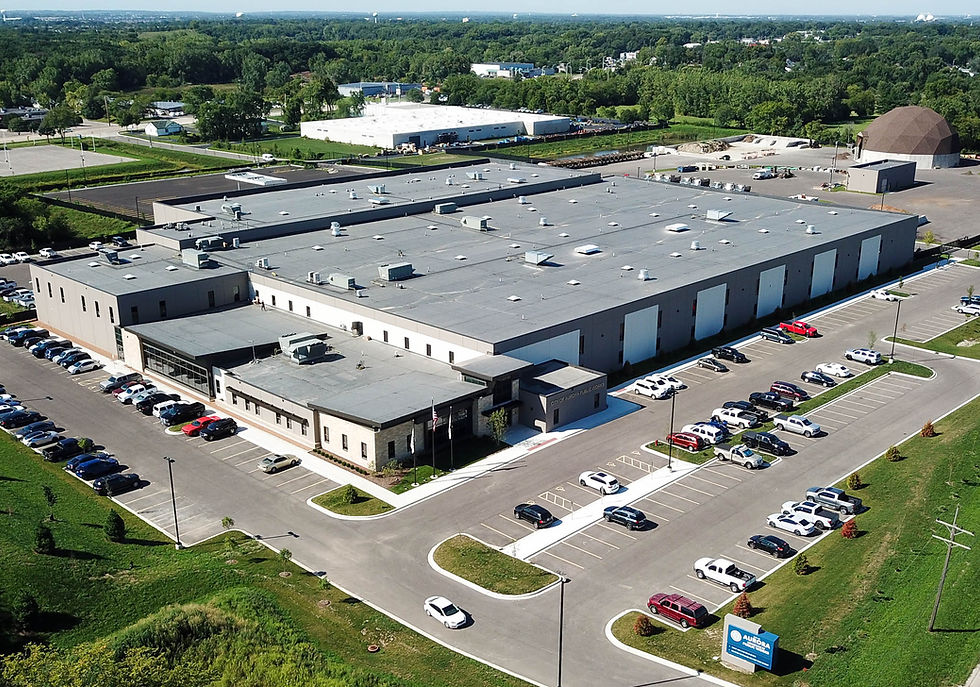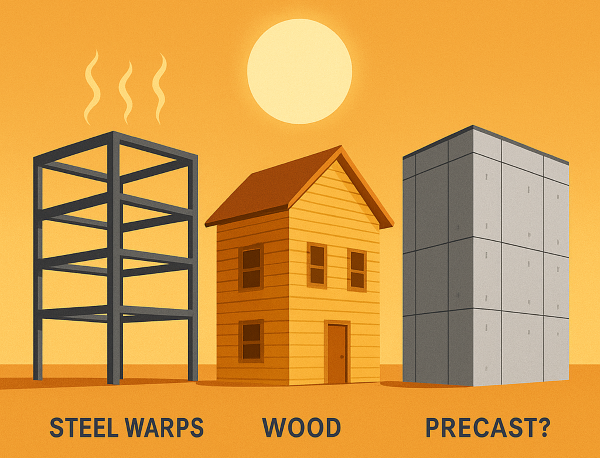Precast Concrete: Top 3 Ways it Helps the Environment
- Dukane Precast
- Mar 2, 2023
- 2 min read
In recent years, there has been a growing emphasis on sustainability and environmentally-friendly construction practices. The building industry has recognized the importance of reducing the environmental impact of construction, and many new construction materials have been developed to meet this demand. Precast concrete is one such material that has gained popularity in recent years due to its sustainability and environmental benefits.

1. Waste Reduction
• Use efficient production methods: Precast concrete is made in a controlled factory environment, which reduces waste and increases efficiency. Precast manufacturers can use advanced technologies to minimize waste during production.
• Precise measurement and cutting: Precast concrete components are manufactured to precise measurements, minimizing installation waste.
• Use precast for modular construction: Modular construction with precast concrete can reduce construction waste by using components that are manufactured off-site and assembled on-site. This method reduces the amount of waste generated during construction and speeds up the construction process. Additionally, precast components can be easily disassembled and reused in new construction projects, further reducing waste. Using precast for modular construction is an effective way to minimize waste and increase efficiency in construction projects.
2. Energy efficiency
• Reduced energy consumption: Precast concrete has high thermal mass, which means it can store and release heat slowly over time. This can reduce the amount of energy required to heat and cool a building by maintaining a more consistent temperature. Additionally, precast concrete can be designed with insulation built in, further reducing energy consumption.
• Use of renewable energy: Precast concrete production facilities can use renewable energy sources such as wind or solar power to reduce their reliance on non-renewable sources. This can significantly reduce the carbon footprint of precast concrete production and increase its sustainability.
• Reduced transportation energy: Precast concrete components are manufactured off-site and transported to the construction site. This reduces the amount of energy required for on-site construction and minimizes the environmental impact of construction traffic.
3. Recycling
• Use recycled materials: Precast concrete can be made with recycled materials such as fly ash, slag, and silica fume. Using recycled materials reduces the need for virgin materials and saves energy.
• Recycle waste: Precast concrete waste can be recycled and reused in new precast products or other construction projects. Recycling precast waste reduces the amount of waste sent to landfills and saves energy.
• Design for deconstruction: Precast components can be designed for easy deconstruction and reuse. This allows precast components to be used for multiple projects and reduces the need for new components.
By implementing these steps, precast concrete can be an even more sustainable and environmentally friendly building material. It can help reduce waste, increase energy efficiency, and save resources, making it an excellent choice for green construction projects.





Comments